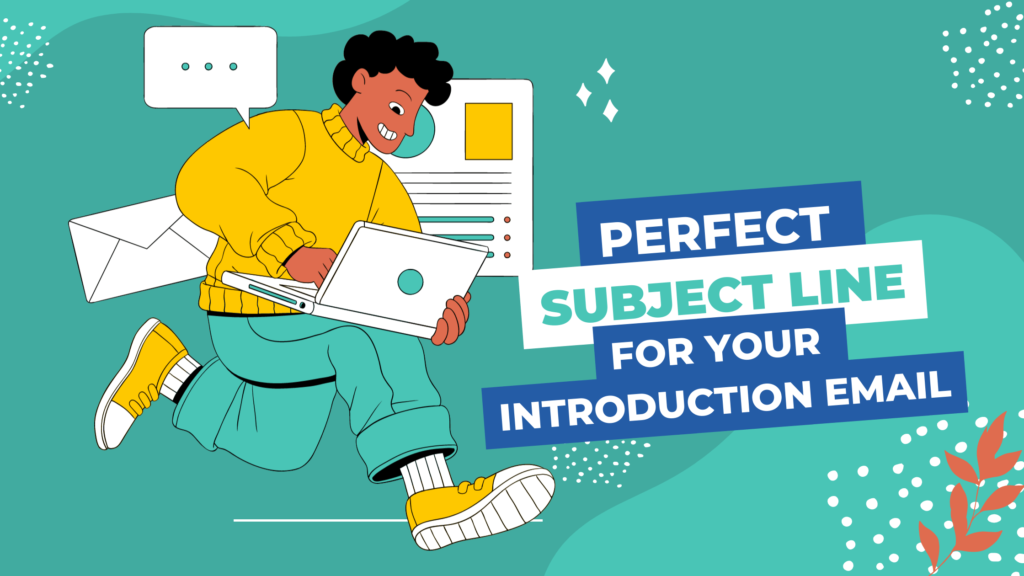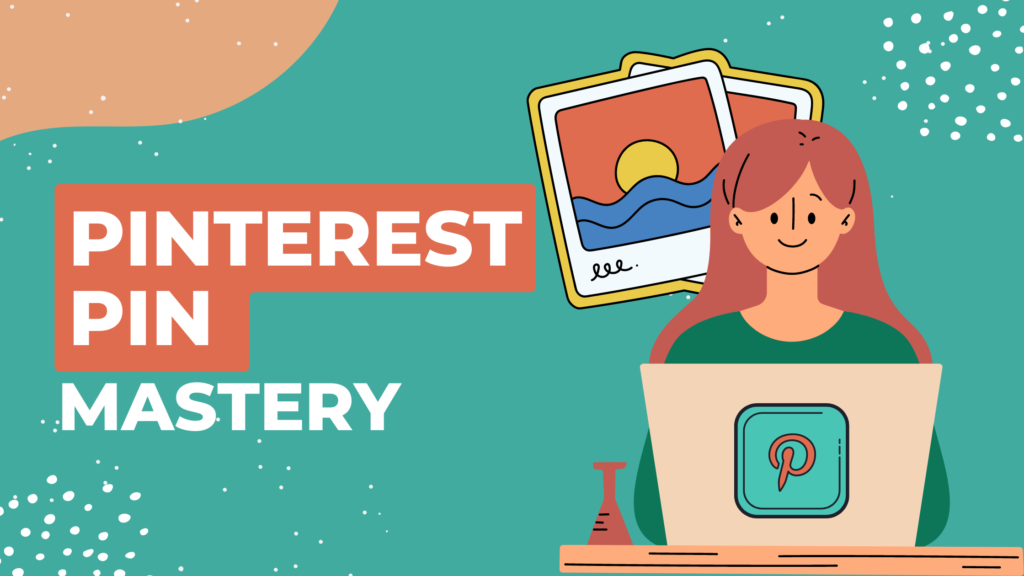In the world of business, first impressions are everything, and your introduction email’s subject line is the first impression you make on your recipient. According to statistics, 33% of recipients open an email based on the subject line alone. Therefore, crafting an attention-grabbing subject line for your introduction email is crucial for achieving success.
Your introduction email’s subject line is not just a simple sentence; it is the gateway to building a relationship with your recipient. It sets the tone for your entire email and helps your recipient understand the email’s content and purpose.
Therefore, it is essential to put thought and effort into your subject line to make it as compelling and relevant as possible. In this guide, we’ll discuss tips and tricks for crafting the perfect subject line for your introduction email.
Key Elements of an Effective Subject Line for Introduction Emails
In today’s digital age, the subject line of an email can make or break whether it gets opened or ignored. This is particularly true when it comes to introduction emails, where the recipient may not have any prior relationship with the sender. Here are the key elements that can make your subject line effective:
Clarity and Conciseness
Your subject line should clearly communicate the purpose of your email and be concise enough to fit into the recipient’s inbox preview. Ambiguous or lengthy subject lines can be a turn-off for busy professionals who receive countless emails each day.
Personalization
Adding a personal touch to your subject line can significantly increase the chances of your email getting opened. Address the recipient by name, mention something you have in common, or refer to a recent conversation to show that you have done your research and care about building a relationship.
Relevance
Make sure that your subject line is relevant to the recipient’s interests, needs, or pain points. This requires understanding their business, industry, or job function and tailoring your message accordingly. Relevance can make your email stand out from the generic ones that recipients may receive.
Creativity and Humor
Creativity and humor can help your subject line stand out from the rest, but use them with caution. These elements can be effective in certain contexts, but they can also come across as unprofessional or insensitive. Always consider the recipient’s personality and the relationship you want to build.
Specificity
Being specific in your subject line can help you grab the recipient’s attention and pique their curiosity. Instead of a vague or general subject line, mention a specific benefit, opportunity, or challenge that your email addresses. Specificity can help your email get noticed and increase the chances of a response.
Remember that the subject line is just the first step in building a relationship through email. Your content and tone should also align with the purpose of your email and the relationship you want to build.
Tips for Writing the Perfect Subject Line for Your Introduction Email
Research your recipient
One of the keys to a successful introduction email is to tailor your subject line to your recipient. This means doing some research on the person you’re emailing and making sure that your subject line resonates with them. Look at their LinkedIn profile, Twitter feed, or other online presence to get a sense of their interests and priorities.
Keep it short and sweet
In today’s busy world, no one has time for a long-winded subject line. Keep your subject line short and to the point, ideally under 50 characters. This not only makes it easier to read on mobile devices but also increases the chances that your email will be opened.
Use power words and action verbs
To make your subject line stand out, use power words and action verbs that grab the reader’s attention. Words like “proven,” “exclusive,” “limited time,” and “urgent” can help create a sense of urgency and importance. Be careful not to overdo it, however, as using too many of these types of words can come across as spammy.
Test and measure for best results
Like any other marketing tactic, the only way to know if your subject line is effective is to test and measure it. Use A/B testing to try out different subject lines and see which ones get the best open rates. Keep in mind that what works for one recipient might not work for another, so be prepared to adjust your approach as needed.
Remember that your subject line is the first impression that your recipient will have of you and your email. Take the time to craft a subject line that is personalized, concise, attention-grabbing, and relevant, and you’ll be well on your way to writing the perfect introduction email.
Common Mistakes to Avoid When Crafting a Subject Line for Introduction Emails
When crafting your subject line for an introduction email, there are some common mistakes you need to avoid to ensure that your email gets opened and read. These mistakes include:
Being too generic or vague
A generic or vague subject line like “Introduction” or “Hello” can be easily overlooked or marked as spam. Instead, be specific and mention something that will catch the recipient’s attention.
Being too salesy or promotional
People are more likely to open an email that is helpful or informative rather than one that is purely promotional. Avoid using hype, all caps, or too many exclamation points in your subject line.
Being too informal or unprofessional
While it’s important to personalize your subject line, it’s also important to maintain a level of professionalism. Avoid using slang or overly casual language.
Forgetting to proofread and edit
A subject line with spelling errors or grammatical mistakes can hurt your credibility and decrease the chances of your email being opened. Always proofread and edit your subject line before hitting send.
By avoiding these common mistakes, you can increase the chances of your introduction email being opened and read, and ultimately, achieve your desired outcome.
Examples of Effective Subject Lines for Introduction Emails
A well-crafted subject line is a key component of any successful introduction email. Here are some examples of effective subject lines that you can use as inspiration for your own emails:
Personalized examples with clear and concise language
- “Introduction from a mutual contact: John Smith”
- “Mutual Interest in AI Marketing: Connect with Mary Jones”
- “Introduction to [Company Name]: Meet Jane Doe”
- Hi [Name], [Mutual Connection] recommended I reach out
- [Name], Let’s connect and [Common Goal]
- [Name], Looking forward to collaborating on [Specific Project]
- Introduction from [mutual connection]
- Introduction – [your name] and [their name]
- [Mutual interest] introduction – [your name] and [their name]
- “John, let’s connect: mutual connection from LinkedIn”
- “Quick introduction from your neighbor, Mary”
- “Introduction from your alma mater’s career center”
In each of these examples, the subject line clearly communicates the purpose of the email while also incorporating a personalized element, such as the recipient’s name, a shared connection, or a common affiliation. The language is clear and concise, making it easy for the recipient to quickly understand the email’s content and take action if necessary.
Examples that use creativity and humor
- “Don’t Let Me Be the One That Got Away”
- “Is this thing on? Introducing myself”
- “Can we talk? It’s not you, it’s me”
- [Name], It’s not every day you get an email from [Your Company Name]
- Hey [Name], I promise this isn’t a Nigerian prince scam
- [Name], Can I ask you a quick favor?
- You Don’t Know Me, But…
- Can we talk?
- You had me at hello
- “I promise I won’t try to sell you anything”
- “Are you free for coffee and networking, or just coffee?”
- “So, we’ve never met, but that’s about to change”
These subject lines use humor and creativity to catch the recipient’s attention and make the email stand out from the many others in their inbox. By being a little bit unconventional, these subject lines may pique the recipient’s curiosity and encourage them to open the email to see what it’s all about.
Examples that demonstrate relevance and specificity
- “AI Expert Seeking Business Collaboration: Connect with XYZ Inc.”
- “Discussing Trends in Digital Marketing with [Company Name]”
- “Your Recent [Blog Post/Project/Event] Caught My Attention”
- [Name], [Mutual Connection] suggested we talk about [Specific Industry Trend]
- [Name], Your recent blog post on [Specific Topic] caught my attention
- [Name], Noticed your company’s recent [Specific Accomplishment] and wanted to reach out
- [Mutual connection] suggested I get in touch with you
- [Specific interest] project collaboration
- [Your company] + [their company] potential partnership
- “Congratulations on your recent award from the Chamber of Commerce”
- “Referred by John Smith at XYZ Company”
- “Request for introduction to your marketing team”
These subject lines demonstrate relevance and specificity by referencing something specific to the recipient or their company. This can help establish credibility and show that the sender has taken the time to do their research and craft a tailored message. By demonstrating that the email is not just a generic template sent to hundreds of people, these subject lines may increase the chances of the recipient engaging with the email’s content.
Remember, the key to an effective subject line is to grab the recipient’s attention, demonstrate relevance, and clearly communicate the purpose of the email. Use these examples as inspiration, but don’t be afraid to experiment and find what works best for you and your audience.
Summing Up
By applying the tips and best practices outlined in this article, you can significantly increase the success of your introduction emails. Remember to research your recipient, keep your subject line short and sweet, use power words and action verbs, and test and measure for best results. Avoid common mistakes such as being too generic or vague, too salesy or promotional, and too informal or unprofessional.
Crafting the perfect subject line for your introduction email is an art that takes practice, patience, and persistence. Don’t be discouraged if you don’t get it right the first time, and remember to continuously test and refine your approach.



